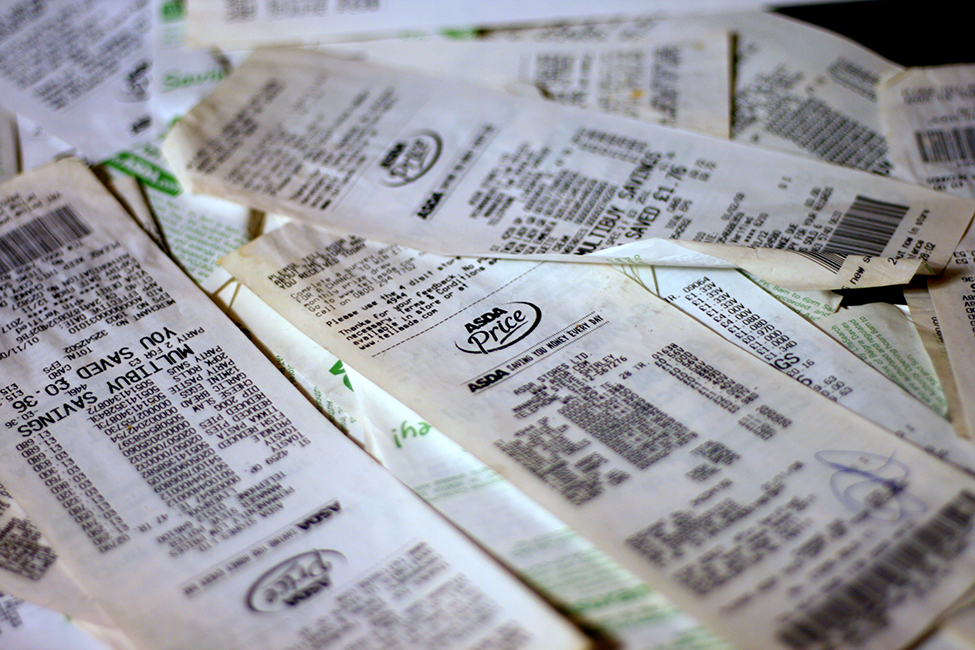
Have you ever wondered if lottery numbers were evenly distributed or if some numbers occurred with a greater frequency? How about if the types of movies people preferred were different across different age groups? What about if a coffee machine was dispensing approximately the same amount of coffee each time? You could answer these questions by conducting a hypothesis test.
You will now study a new distribution, one that is used to determine the answers to such questions. This distribution is called the chi-square distribution.
In this chapter, you will learn the three major applications of the chi-square distribution:
the goodness-of-fit test, which determines if data fit a particular distribution, such as in the lottery example
the test of independence, which determines if events are independent, such as in the movie example
the test of a single variance, which tests variability, such as in the coffee example
NOTE
Though the chi-square distribution depends on calculators or computers for most of the calculations, there is a table available. TI-83+ and TI-84 calculator instructions are included in the text.
Activity
Candela Citations
CC licensed content, Shared previously
- Introductory Statistics . Authored by: Barbara Illowski, Susan Dean. Provided by: Open Stax. Located at: http://cnx.org/contents/30189442-6998-4686-ac05-ed152b91b9de@17.44. License: CC BY: Attribution. License Terms: Download for free at http://cnx.org/contents/30189442-6998-4686-ac05-ed152b91b9de@17.44